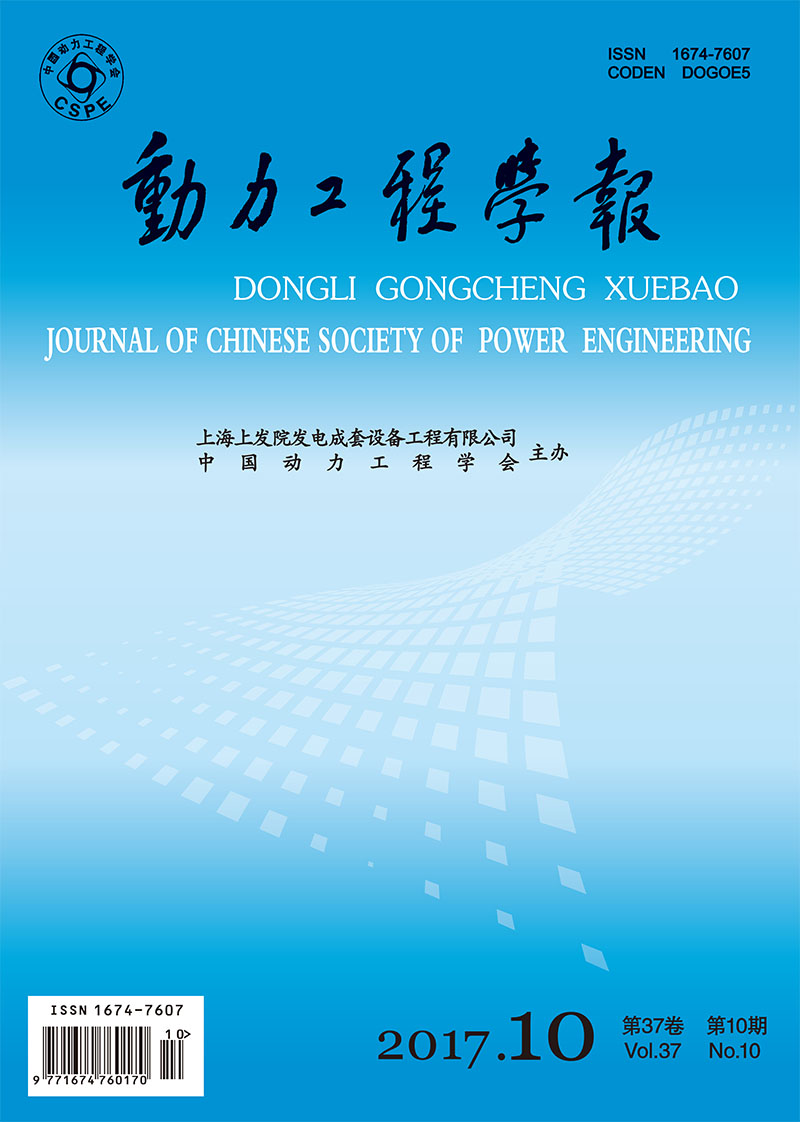ZHOU Hao, CHEN Jianzhong, ZHOU Mingxi, CHENG Ming, NI Jiandong, YANG Yun, XU Jian, CHEN Huohu
2017, 37(10): 848-854.
Desulfurization tests were conducted on the simulated coke oven gas with low humidity and high temperature in a spray drying absorber, so as to study the desulfurization characteristics of agents Na2CO3 and Ca(OH)2 at high inlet gas temperatures and far approach to adiabatic saturation temperature (AAST), and to analyze the effects of following factors on the desulfurization efficiency, such as the stoichiometric ratio (SR), inlet gas temperature, AAST and gas temperature drop, etc. Results show that as the stoichiometric ratio increases, the desulfurization efficiency of Na2CO3 grows faster than that of Ca(OH)2, and when the stoichiometric ratio of Na2CO3 to SO2 and Ca(OH)2 to SO2 gets up to 1.1 and 1.5, respectively, the desulfurization efficiency tends to be stable. The spray-dry desulfurization efficiency decreases exponentially with the increase of AAST. Keeping the outlet gas temperature constant, the desulfurization efficiency can also be improved by raising the inlet gas temperature. Increasing the gas temperature drop is also beneficial to the desulfurization efficiency.
